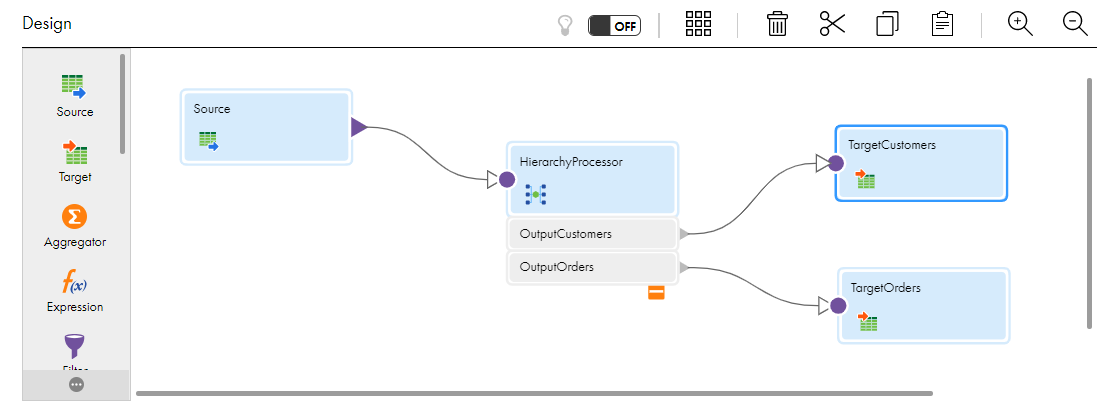Data Integration
- Data Integration
- All Products

Property
| Value
|
|---|---|
Connection
| Amazon S3 V2
|
Source Format
| JSON
|


Property
| Value
|
|---|---|
Connection
| Amazon S3 V2
|
Formatting Option
| Relational
|
Property
| Value
|
|---|---|
Connection
| Amazon S3 V2
|
Formatting Option
| Delimited
|